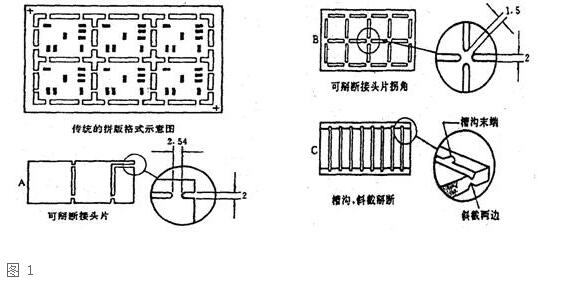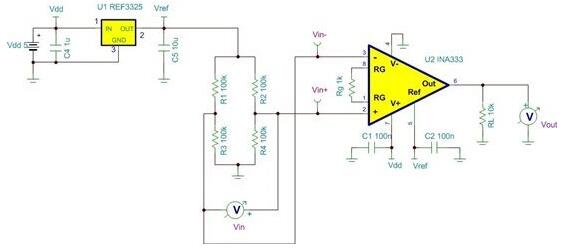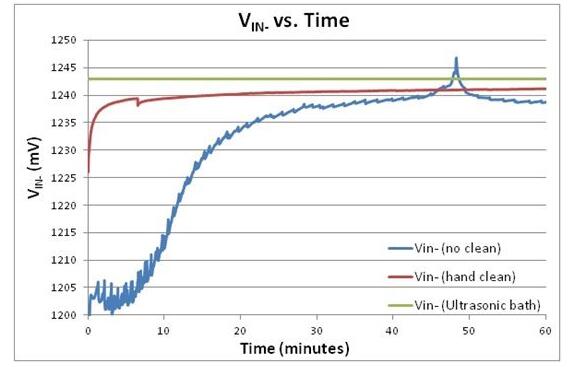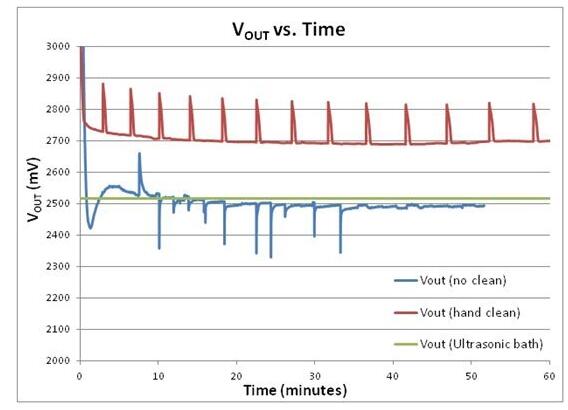When troubleshooting a non-functional or poor performance circuit, engineers can usually run simulation or other analysis tools to consider the circuit from the schematic level. If these methods do not solve the problem, even the best engineers may be stumped, frustrated or confused. I have experienced this kind of pain. To avoid going into similar dead ends, I will introduce you a simple and very important tip: keep it clean!
What do I mean by that? This means that if the PCB is not kept properly clean, certain materials used in the PCB assembly or modification process can cause serious circuit functionality problems. One of the most common problems in this type of phenomenon is flux.
Figure 1 shows the PCB with too much flux remaining.

figure 1
Flux is a chemical agent used to assist in soldering components to the PCB. But it is a pity that if it is not removed after soldering, the flux will deteriorate the surface insulation resistance of the PCB, and the circuit performance will be seriously degraded in the process!
figure 2
Figure 2 is the test circuit I used to show the results caused by flux contamination. A balanced Wheatstone bridge network activated by a 2.5V reference voltage can emulate high impedance bridge sensors. The differential bridge sensor output VIN-VIN- can be connected to the INA333 with a gain of 101V/V. In an ideal state, because the bridge is in a balanced state, VIN-VIN- = 0V. But flux contamination will cause the actual bridge sensor voltage to drift slowly over time.

In this test, after assembly, I also recorded the changes of VIN- and VOUT for one hour after different levels of cleaning:
Not cleaned
Wash by hand and air dry;
Ultrasonic cleaning, air drying and baking.

image 3
It can be seen from Figure 3 that flux contamination has a serious impact on the output performance of the bridge sensor. Without cleaning or manual cleaning, the bridge sensor voltage never reached the expected voltage of about VREF/2, even after an hour of stabilization time. In addition, uncleaned circuit boards also exhibit a large amount of external noise collection. After being cleaned in an ultrasonic bath and completely dried, the bridge sensor voltage is stable as a rock.

Figure 4
Observing the output voltage of INA333, we will continuously see performance degradation caused by improper cleaning.
Uncleaned circuit boards have DC errors, long stabilization times, and serious external noise collection;
The circuit board that was cleaned by hand had strange very low frequency noise. I finally found the root cause-because of the air conditioning cycle inside the test facility!
As expected, the circuit boards that were properly cleaned and dried performed well, and there was no drift at any point in the test.
In short, improper flux cleaning can cause severe performance degradation, especially in high-precision DC circuits. For all manually assembled or modified PCBs, be sure to use an ultrasonic bath (or similar method) to complete the final cleaning. After using an air compressor to air dry, use a slightly higher temperature to bake the assembled and cleaned PCB to remove any residual moisture. We generally bake at 70°C for 10 minutes.
This simple "keep clean" technique should help you drastically reduce the time spent on troubleshooting and help you spend more time designing excellent high-precision circuits!